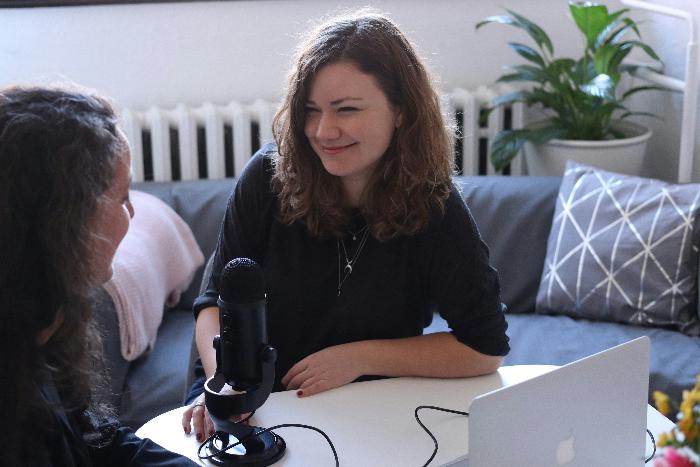The first few seconds of any interview can shape the entire tone of a viewer’s experience. A carefully chosen piece of music can heighten emotions, set the atmosphere, and keep audiences engaged. Whether it’s a podcast, a documentary, or a television feature, music is often the unsung hero behind a memorable interview. The influence of the right soundtrack goes far beyond entertainment; it creates a lasting emotional connection. Understanding how music enhances storytelling can turn ordinary interviews into unforgettable moments.
Setting the Right Mood with Background Interview Music
A well-selected track can give life to spoken words, adding subtle emotion and depth to every statement. This is why Background Interview Music has become an essential part of modern media production. Its role is not to overpower the speaker but to complement their message, giving context to their words and guiding the listener’s emotional response. From gentle acoustic layers to warm ambient tones, this kind of music creates a smooth transition between questions and answers, making the experience feel more natural and immersive. It is the invisible bridge between the interviewer and the audience.

Why Emotions Depend on the Soundscape
The choice of Background Interview Music can completely change how an interview is perceived. A soft piano melody might make a personal story sound more touching, while light strings can add elegance to a corporate conversation. It shapes the pacing and rhythm of the narrative, helping audiences stay connected without feeling distracted. Producers often spend hours selecting the perfect background track because even slight changes in tone can shift the entire mood. This careful attention to sound design ensures that the emotional intent behind every word is delivered exactly as intended.
The Rise of High-Energy Audio in Media
In recent years, more creators have turned to dynamic soundscapes to make their content stand out. Among these, Intense drum and bass background music has gained popularity for adding energy and power to storytelling. Its fast rhythms and deep beats can instantly elevate the intensity of an interview, making moments feel more urgent and impactful. This type of sound is especially effective in action-packed documentaries, sports interviews, and high-stakes investigative segments. The rush of beats creates anticipation, drawing audiences deeper into the story as it unfolds.
Driving Impact Through Intensity and Rhythm
Unlike softer tracks, Intense drum and bass background music does not fade into the background unnoticed. Instead, it demands attention and creates a thrilling sense of momentum. This makes it an excellent choice when a scene needs to convey determination, challenge, or adrenaline. The layering of heavy basslines and rapid percussion creates a powerful soundscape that supports every word and gesture. By controlling tempo and volume, editors can highlight key moments and make even the quietest statements feel charged with meaning. The right rhythm turns simple dialogue into compelling storytelling.
Conclusion: The Lasting Power of Sound
Sound is not just a finishing touch in media—it is a storytelling tool in its own right. From the subtle presence of Background Interview Music to the high energy of Intense drum and bass background music, every note contributes to how audiences feel and remember a moment. The right track can transform a plain conversation into a powerful narrative that resonates long after the final word is spoken. Platforms like soundtrackempire.com make it easier to discover music that perfectly matches every tone and mood, ensuring that interviews leave a lasting emotional impact.


